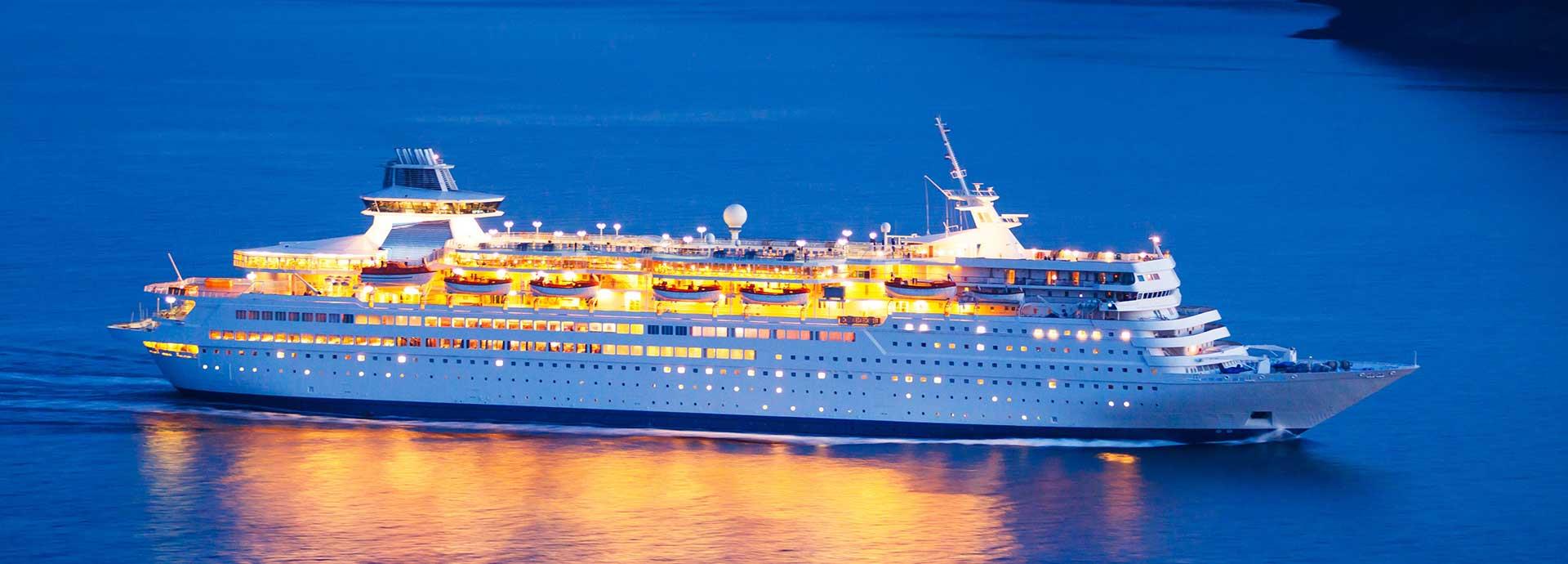

The cruise industry is growing almost twice as fast as train or air travel. Perhaps as a result of cruising’s increasing popularity, the industry also has come under scrutiny because of concerns about the environmental impact of these giant ships.
“The biggest challenge to the cruise sector is sustainable tourism,” says Fred Danska, Director, Cruise Business at Wärtsilä. But Danska, who has been in the cruise business for over 25 years, says that cruise operators are actually ahead of many others in the marine industry when it comes to sustainability. “They were thinking about sustainability even back in the 1990s and today they are undoubtedly at the forefront of the shipping industry,” Danska says.
Delivering sustainability
Per capita, CO₂ emissions are dropping thanks to cleaner fuels and more efficient engines, but with the growth of the industry, overall total emissions are still increasing. Cruise lines have to find ways to reduce emissions while complying with a patchwork of regulations: there are different requirements for ships cruising the coasts of Alaska, the fjords of Norway or the Baltic, for example.
“We provide our customers with sulphur dioxide scrubbers,” says Danska. “Another major trend is engines which use cleaner fuel. Probably half of the new cruise ships under construction are using LNG or dual-fuel engines. In the future, we will see fuel produced by 100% renewable energy, but improvements are one step at a time.”
It isn’t just gas emissions that cruise ships must worry about. Wärtsilä provides a number of water and waste treatment systems so harmful effluents aren’t released into the environment. It is all part of the company’s Smart Marine vision to provide better solutions that benefit both the cruise lines and the environment.
Safety is #1
Another major prioirity for cruise operators is safety. Cruising is already safe – one analysis says it is as safe as flying commercial and much safer than driving – but there is always room for improvement.
“We have two different ways to look at safety,” says Jan Virtavuori, Senior Manager, Risk Management and Insurances at Wärtsilä. “Number one is to work with our customers to quantify the issue and to understand the operational risk. Number two is to provide tangible solutions to improve safety.”
A key point that helps quantify and understand risk is human behavioural aspects. How people will react in case of an incident depends on a particular vessel, the region where it is sailing, its equipment and the experience of the crew. This information can be crucial to cruise companies when developing emergency training plans, for example, and it is also useful as Wärtsilä considers new Smart Marine solutions.
Collisions at sea are a major safety concern, particularly in tourism hot spots where many cruise ships operate.
“We have a number of communications, fleet operation and navigational solutions which can improve safety,” says Virtavuori. “One is Advanced Intelligent Manoeuvring from Wärtsilä’s Transas. It is a track prediction system and anti-collision support tool powered by artificial intelligence (AI). For instance, if you are a cruise ship captain and meet another ship, it will predict manoeuvres it is likely to make.”
Living in a connected world
The cruise industry is becoming more connected and ever more dependent on smart solutions. This, in turn, highlights new safety concerns.
“Cybersecurity is absolutely crucial,” says Mikko Tepponen, Director, Key Account Solutions at Wärtsilä. “We put great effort into securing ours and our customers’ systems and data. We also provide threat intelligence services to the entire marine industry with the Marine Cyber Emergency Response Team. If there is a cyber attack, we can help detect it, communicate it to our partners and build a response.”
Besides using AI in navigation solutions, Wärtsilä’s Smart Marine offering also uses it in optimising maintenance operations.
“An engine might give out 600 different signals about its operation and status,” explains Tepponen. “We can use AI to find anomalies and improve reliability. We can more accurately predict when equipment or tools will fail and so schedule maintenance. Unplanned downtimes can be cut by 50%.”
While there are new risks to using these new technologies, the benefits are undeniable. Well-maintained equipment is safer and also more efficient, helping boost profitability while lowering emissions.
STATS AND FACTS ABOUT THE CRUISE INDUSTRY
- An estimated 30 million people will go on cruises in 2019.
- The industry is growing by 6% annually.
- The cruise industry provides more than 1.1 million jobs worldwide.
- Cruise ships emitted 1,105,000 tons of CO2 in 2012, or .00003% of global CO2 emissions.
- CO2 emissions per cruise kilometre travelled dropped 14.7% between 2013 and 2017.
Sources: Cruise Lines International Association, Professor Ross Klein’s cruisejunkie.com, International Maritime Organization, Griffith University Institute for Tourism
You might also be interested in these:
Did you like this? Subscribe to Insights updates!
Once every six weeks, you will get the top picks – the latest and the greatest pieces – from this Insights channel by email.
